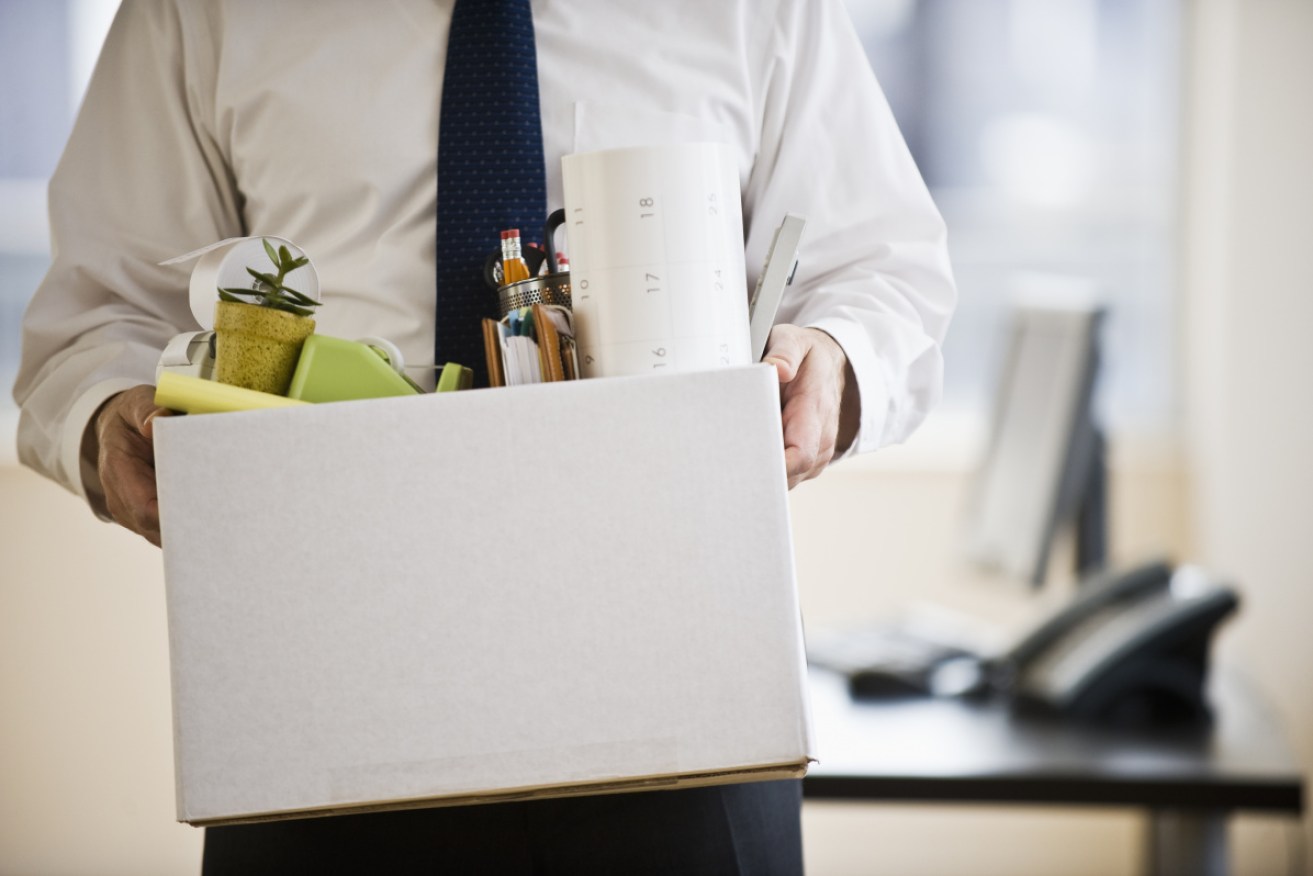Fresh calls for more government spending as unemployment drifts higher


The unemployment rate increased to 5.3 per cent in January. Photo: Getty
Australia’s unemployment rate is once again on the rise, prompting economists to call for more government spending.
The number of unemployed people looking for work jumped by a staggering 31,000 in January – the largest monthly increase in unemployment since January 2016.
The unemployment rate consequently increased from 5.1 per cent to 5.3 per cent, meaning there are now 725,900 Australians who would like a job but can’t find one.
Callam Pickering, APAC economist with global jobs site Indeed, described the sharp rise in unemployment as “jaw-dropping”.
Although the increase in full-time employment (+46,200) was greater than the decline in part-time employment (-32,700), this was offset by a rise in the number of people actively looking for a job, causing the unemployment rate to rise.
Mr Pickering said the data showed the quality of available jobs had also deteriorated.
Tweet from @CallamPickering
“Hours worked rose by just 1.3 per cent over the past year, compared with a 2 per cent increase in employment,” he said.
“Consequently, the average worker is working fewer hours each week.”
It’s perhaps unsurprising, then, that the underemployment rate rose from 8.3 per cent to 8.6 per cent in January. (This refers to the number of workers aged over 15 who are working less than 35 hours a week and want to find more work.)
Taken together, underemployment and unemployment gives us the ‘underutilisation rate’, which Mr Pickering said must fall to 11.9 per cent before wages once again grow at 3 per cent a year.
Today it sits at a seasonally adjusted 13.9 per cent.
Mr Pickering said the weak jobs report increases the chances of another RBA rate cut by the middle of the year.
And he said the bushfires and coronavirus outbreak will cause unemployment to “spike in the first half of 2020”.
“Along with wage growth yesterday, it paints a clear picture of a labour market that has softened,” he said.
“We believe it is likely that the Reserve Bank will need to cut rates again by mid-year, with a second cut not out of the question.”
Reserve Bank Governor Philip Lowe has made it clear that the unemployment rate is a key factor in the central bank’s decision-making on interest rates.
He said in February he would take rates even lower to support “full employment and the achievement of the inflation target over time”.
Tweet from @CallamPickering
The government must help the RBA
Angela Jackson, an economist at Equity Economics, said this meant the bank would find it hard to justify not cutting rates at future meetings.
She told The New Daily the economy needed more help from both the Reserve Bank and federal government.
“The [jobs report] definitely brings home the importance of economic stimulus at this point in the cycle,” Ms Jackson said.
“The economy is weak and without support unemployment will rise, which will have a real impact on people’s lives.
“The government needs to be looking at encouraging more business investment, which remains weak.
“They could look at bringing forward the tax cuts, increasing the unemployment benefit, and general infrastructure spending, particularly in the regions.”
She added that smaller infrastructure projects were better than large ones as they were quicker to roll out and wouldn’t drive up inflation.
Meanwhile, EY Oceania chief economist Jo Masters also said the economy could do with more government support.
“Against this backdrop, there continues to be an argument for fiscal policy (government spending or tax cuts) to provide some additional cyclical support,” she said.
“Particularly given that interest rates are already so low and house prices are rebounding sharply.”








